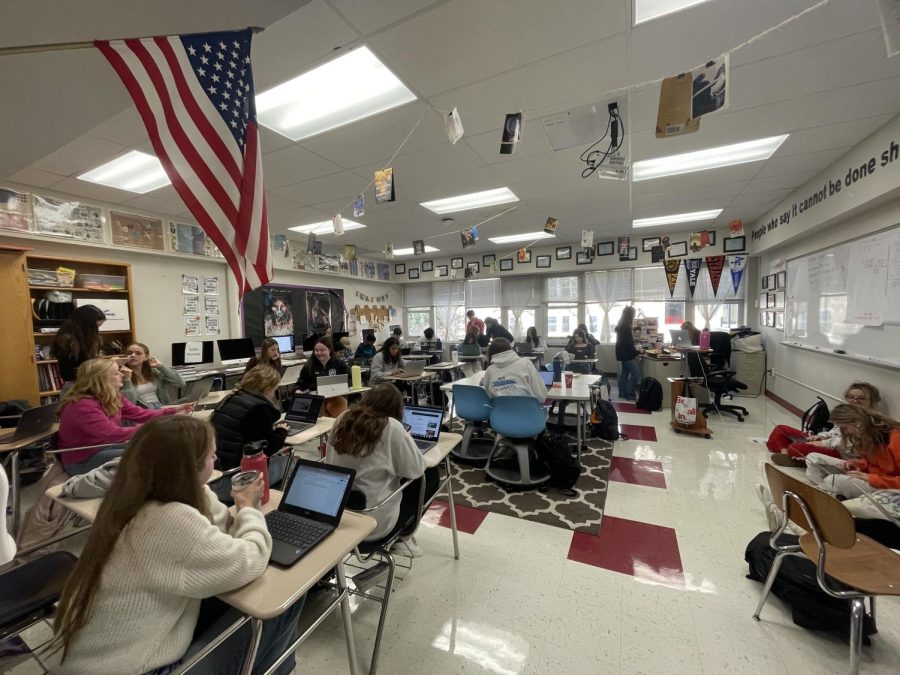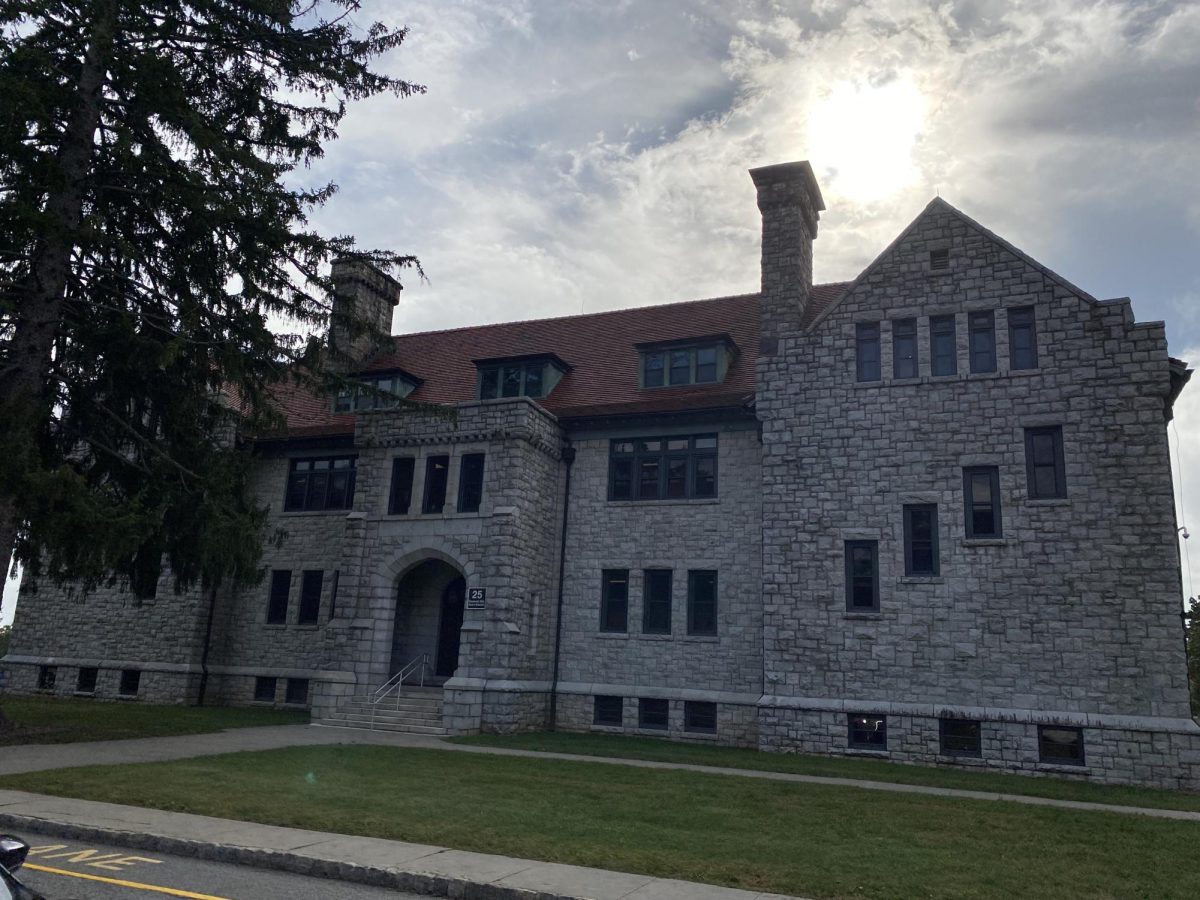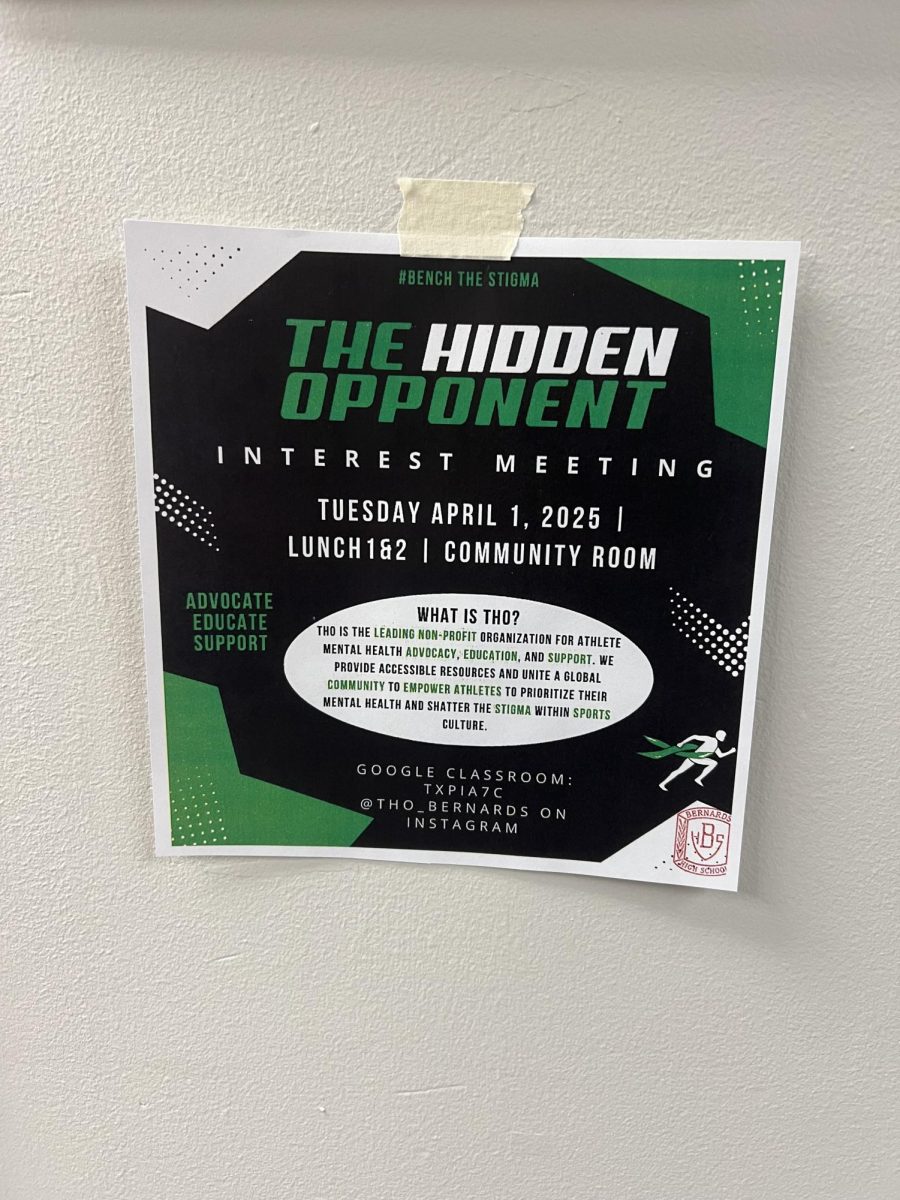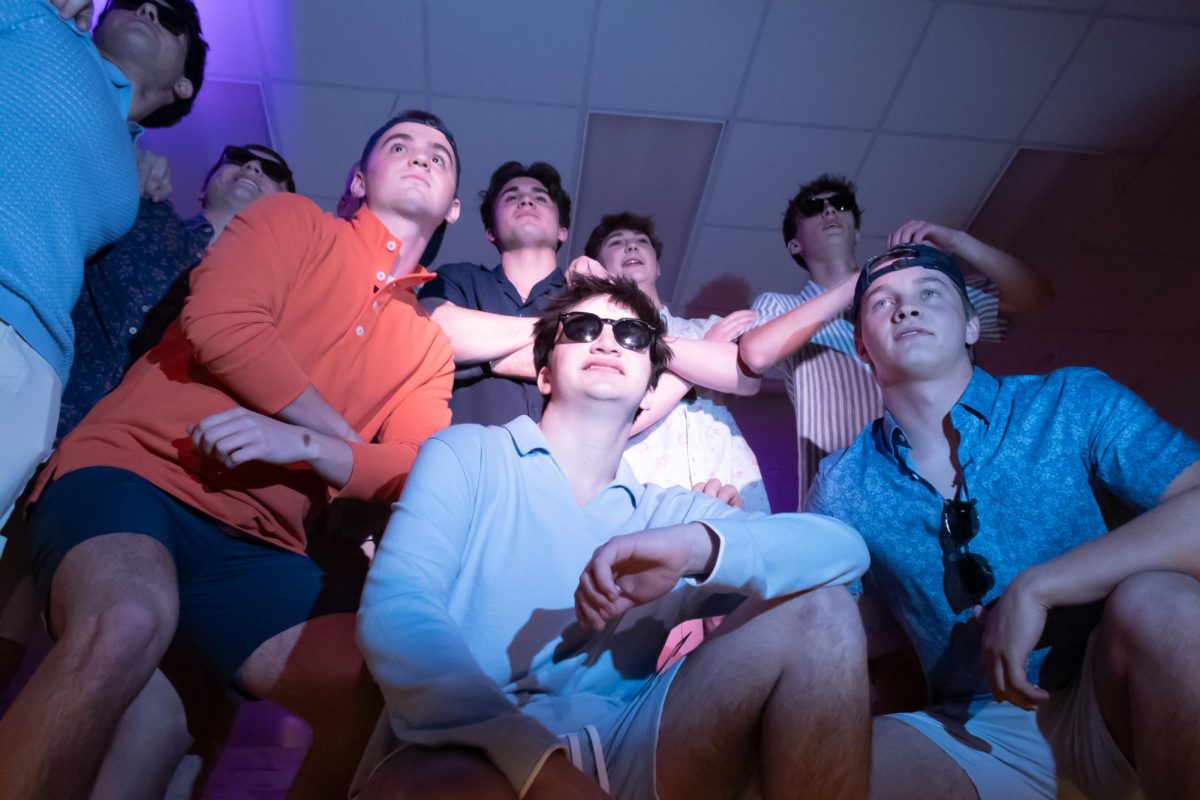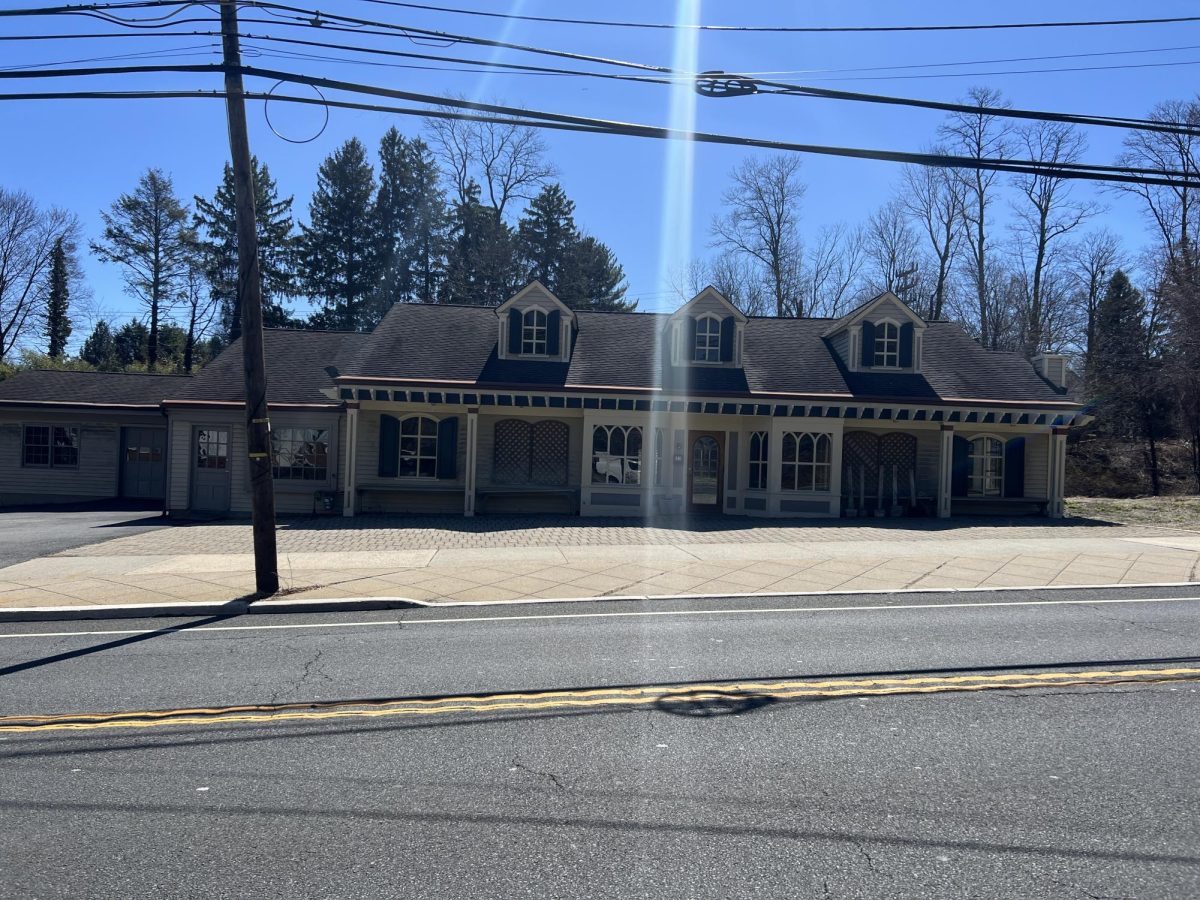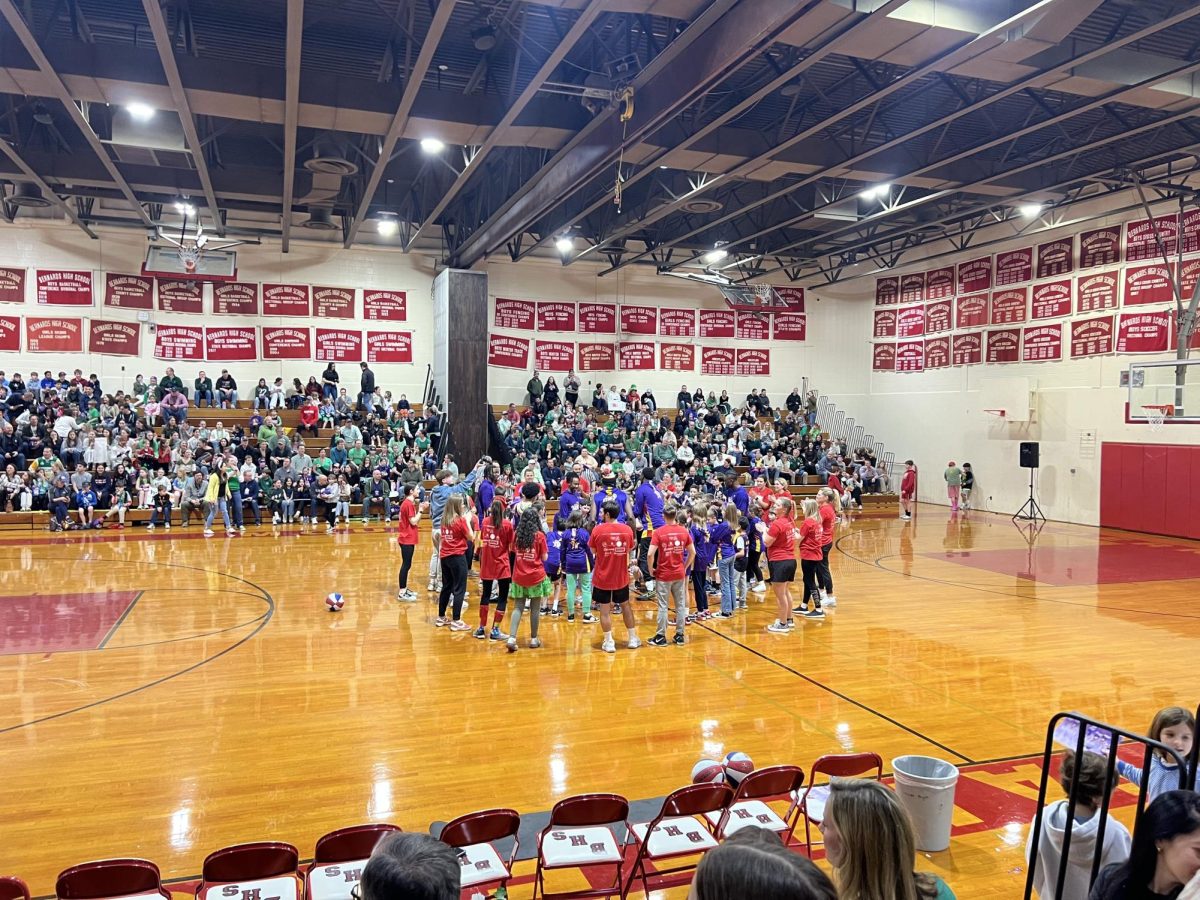Across the nation, public and private schools are facing a teacher shortage. According to EducationWeek, there are approximately 6,500 teacher vacancies across the country. Bernards High School, specifically, is facing the impacts of the shortage this academic year.
When there is a surplus of course sections, with a limited amount of teachers to sustain the size, schools often turn to overloads. These overloads are posted to the staff. Teachers are then able to volunteer for various overload positions and subjects. For those that pick up overloads, they are agreeing to teach additional courses beyond their initial classes. The volunteers are then paid an additional sum, which is 1/6 of their established teaching salary.
If current assigned overloads are to last the full 2022-2023 school year, the potential cost would be $128,164. Each year, the Board of Education creates their plans for a specific budget. Teachers and other staff fall under their personnel costs. This shortage forces the district to reallocate their personnel budget to sufficiently pay the teachers who are taking on an overload.
This teacher shortage is a result of both retirees leaving the district, as well as a significant lack of entry into the profession. Dr. Gretchen Dempsey, the district Superintendent, shares “when teachers retire, resign, or go on leave, the district has to find appropriate coverage for their schedules. We always try to find highly qualified replacements, but sometimes this is difficult or even impossible. That’s when we turn to overloads”.
The areas that are struggling most, both across the nation and locally, are Special Education and ELL. Dr. Neigel, principal of BHS, shares that “there is a true teacher shortage for these areas. Not just here, everywhere. At least four or five neighboring schools are also looking for a full-time Special Ed teacher”.
Twelve out of the twenty-one certified ELL or Special Education teachers at the high school took on an overload for ESL or Special Education classes, in addition to their main subject courses. The high demand for these specialized teachers combined with an extreme lack of candidates resulted in the school spending $38,431.17 for the first marking period in overloads for this department alone. ESL made up $19,921.77 of the total overload costs, while Special Education overloads costed $18,509.40.
These teaching positions are especially challenging to fill because it is required that each ELL or Special Education class does not exceed ten students. Searching for full-time ELL or Special Education teachers is a longer process than hiring teachers for other courses because of these guidelines and various necessary qualifications.
Dr. Neigel shares that “we will have more time to actively recruit and find full-time teachers for next year as we now recognize how the shortage is impacting our school directly. Knowing in advance will allow us to go to colleges and other areas to really try to get out there”.
If the school knows what they need in terms of staff for the upcoming year, it is slightly easier to look for those candidates. In an attempt to resolve the shortage, specifically for ELL and Special Education classes, the school is currently working to find full-time teachers.
The school can attempt to solve this issue in the long-run by tracing the themes and trends of overloads. If the school has a constant number of overloads over the course of several years, they can determine that this is a trend, not simply a bubble due to students’ and their desired courses. However, this is only applicable for long-run solutions, not short-term, which is why the school must turn to overloads. As the academic year continues, administration will have the materials to begin collecting data and trends for future analysis and decisions. For now, turning to overloads is the most attainable solution.



